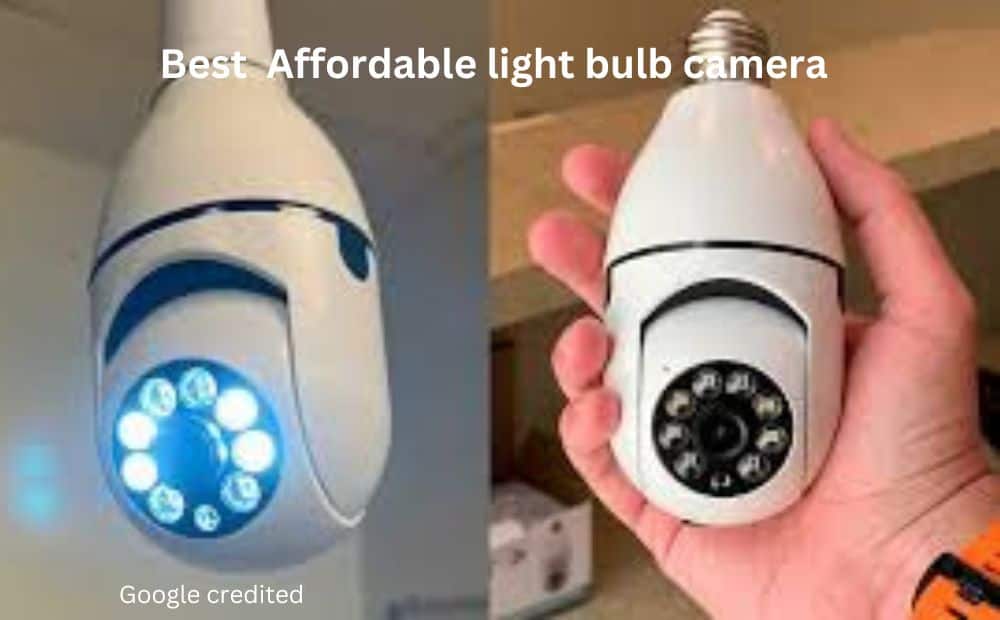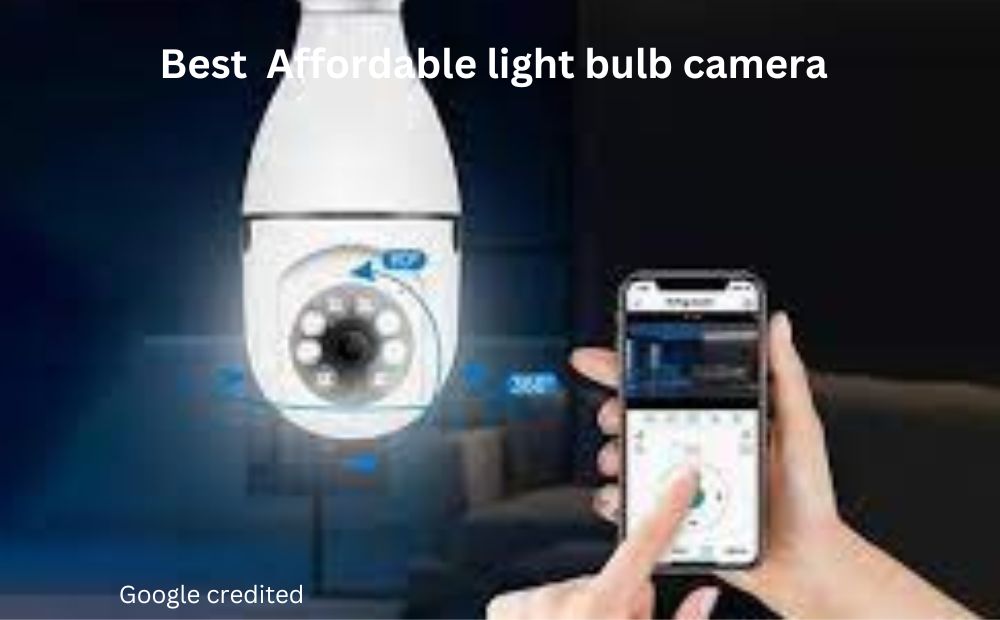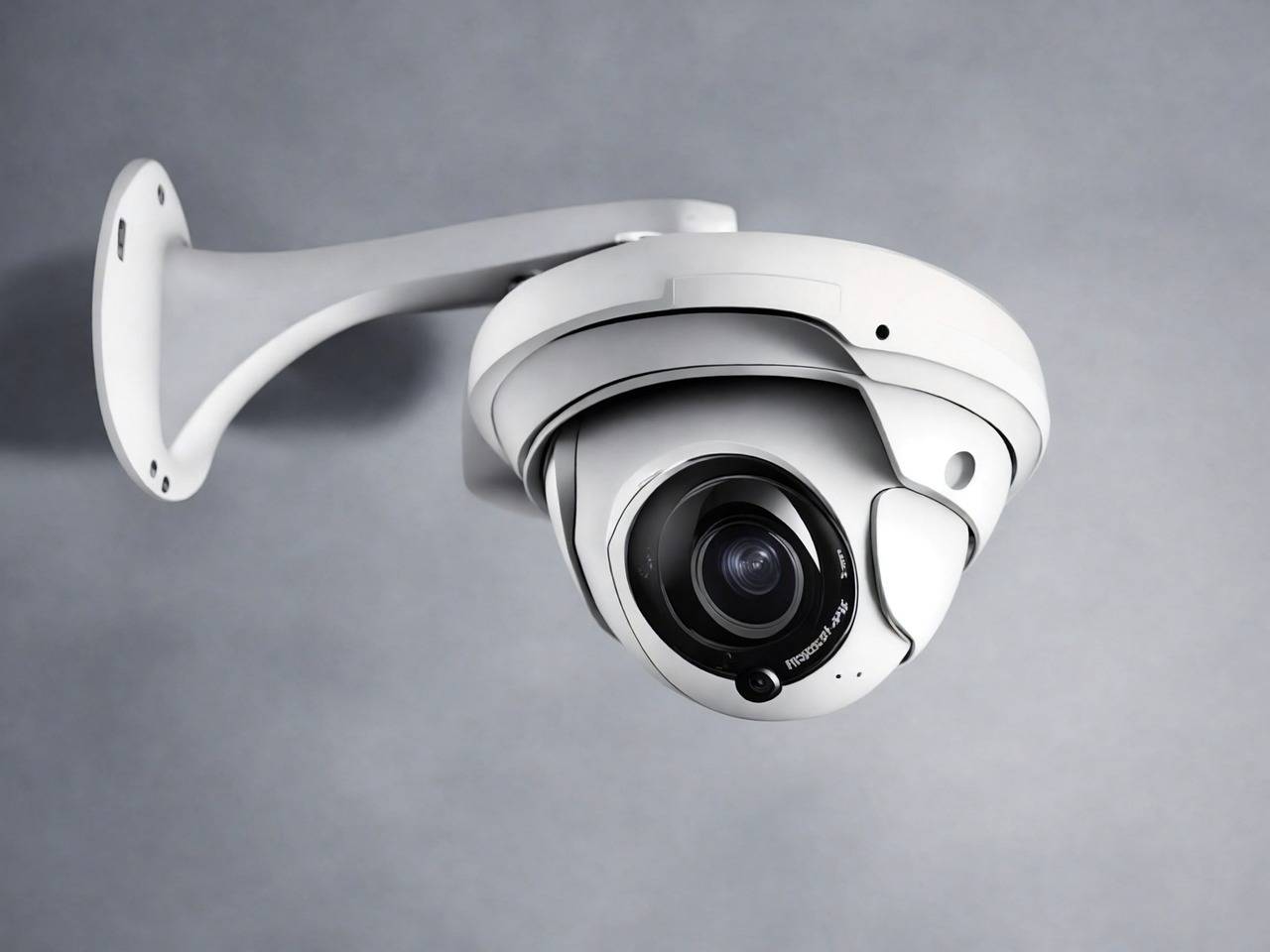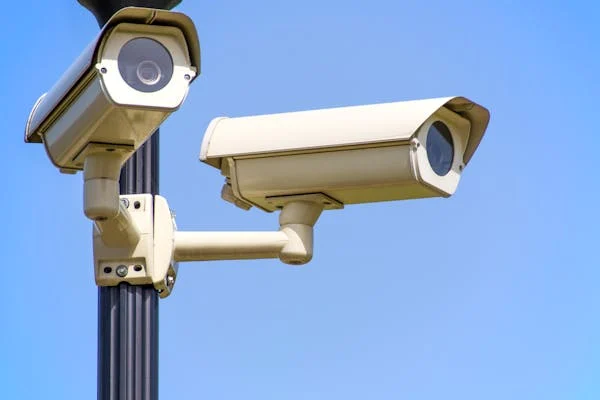When it comes to home security, best smart bulb security cameras are becoming more and more common since they provide a covert and creative way to keep an eye on our surrounds. Although these cameras have many benefits, but it’s important to consider the other side of the story and be aware of any possible disadvantages of a bulb camera. We’ll highlight some of the disadvantages consumers could experience in this post, offering insightful information to anyone thinking about using this monitoring option.

What are The Disadvantages of a Bulb Camera?
There are several disadvantages of a bulb camera. Below are the some pros and cons of security camera:
I. Limited Field of View
A. Narrow Perspective:
One of the notable disadvantages of a bulb camera is their limited field of view. Unlike traditional security cameras with pan-and-tilt capabilities, bulb cameras are fixed in position. This limitation can be a disadvantage when it comes to monitoring larger areas or ensuring comprehensive coverage of outdoor spaces. Users must strategically install multiple bulb cameras to compensate for this constraint, potentially increasing overall costs and complicating the setup process.
B. Inability to Capture Wide Areas:
The inherent design of bulb cameras contributes to their inability to capture wide areas. This can be a concern when monitoring large outdoor spaces or expansive interiors, as the fixed lens may overlook crucial details. Users contemplating bulb cameras should carefully assess their surveillance needs and consider alternative camera types for broader coverage.
C. Blind Spots:
A direct consequence of the limited field of view is the potential creation of blind spots. Intruders or incidents occurring in areas outside the camera’s scope may go unnoticed, compromising the overall effectiveness of the surveillance system. Users must strategically position and overlap multiple bulb cameras to minimize blind spots, which can add complexity and cost to the installation.

II. Vulnerability to Weather Conditions
A. Susceptibility to Rain and Moisture:
Bulb cameras, often exposed to the elements, are susceptible to rain and moisture. This vulnerability can lead to reduced visibility through the camera lens and potential damage over time. Users in regions with frequent rainfall should explore weather-resistant models or protective housing options to mitigate these risks.
B. Exposure to Extreme Temperatures:
Extreme temperatures can adversely affect the performance and longevity of bulb cameras. Whether facing scorching summers or freezing winters, these devices may struggle to maintain optimal functionality. Users should invest in cameras designed to withstand a range of temperatures or consider additional protective measures to ensure consistent performance.
C. Risk of Damage from Natural Elements:
Beyond rain and temperature extremes, natural elements such as dust, debris, and pollen can pose risks to bulb cameras. Accumulation of these elements may lead to reduced image clarity, necessitating regular cleaning and maintenance. Users should factor in the environmental conditions of their location when selecting and maintaining bulb cameras.

III. Dependence on Power Source
A. Requirement for Continuous Power Supply:
One of the main disadvantages of a bulb camera is the dependence on a continuous power supply for seamless operation. This requirement restricts their placement options, as they need to be installed near power sources. Users should consider this limitation when planning the camera layout and may need to invest in extension cords or professional installation services to address power supply constraints.
B. Susceptibility to Power Outages:
In regions prone to power outages, bulb cameras may face disruptions in their surveillance capabilities. Users must assess the reliability of their local power grid and explore alternative power solutions, such as battery backups or solar-powered options, to ensure uninterrupted security monitoring.
C. Limited Placement Options:
The dependence on a power source further limits the placement options for bulb cameras. Users may find it challenging to install these cameras in optimal locations, especially in areas with limited access to power outlets. Planning the camera layout meticulously and considering the availability of power sources is crucial to overcoming this limitation.

IV. Lack of Privacy
A. Potential for Unauthorized Access:
Privacy concerns arise with the potential for unauthorized access to bulb camera feeds. Without robust security measures, these devices may become targets for hackers, compromising the privacy of users and their properties. Users should prioritize cameras with advanced encryption and regularly update passwords to fortify their security against unauthorized access.
B. Risk of Hacking and Data Breaches:
The interconnected nature of smart devices, including bulb cameras, exposes them to the risk of hacking and data breaches. Users should stay vigilant, implement cybersecurity best practices, and regularly update camera firmware to patch vulnerabilities. Understanding the potential risks and taking proactive measures is essential for safeguarding sensitive information.
C. Concerns Surrounding Surveillance Laws:
Adhering to local surveillance laws and regulations is crucial when using bulb cameras. Users must be aware of privacy laws that govern the recording of audio or video in specific locations. Not adhering to these regulations can result in legal repercussions. Seeking legal advice and understanding the intricacies of surveillance laws is essential for responsible camera usage.
V. Installation and Maintenance Challenges
A. Complex Setup Process:
Despite efforts to simplify the installation process, some users may find bulb cameras challenging to set up. The complexity of the setup process can be daunting for those less tech-savvy, requiring patience and attention to detail. Manufacturers should provide comprehensive guides, and users may opt for professional installation services to ensure a smooth setup experience.
B. Regular Cleaning and Adjustment Needs:
Maintaining optimal performance requires regular cleaning and adjustment of bulb cameras. Accumulation of dust, dirt, or changes in alignment can impact image quality. Users should factor in the time and effort required for routine maintenance when choosing bulb cameras, and manufacturers should offer guidance on best practices to ensure longevity.
C. Difficulty in Upgrading and Troubleshooting:
Upgrading bulb cameras or troubleshooting technical issues may pose challenges for users. The evolving nature of technology may render older models incompatible with new features or software updates. Users should consider the long-term support provided by manufacturers and anticipate potential difficulties in upgrading or resolving technical issues.
Conclusion: Disadvantages of Bulb a Camera
In conclusion, while bulb cameras offer innovative solutions for home security, it’s critical to consider the disadvantages of a bulb camera before making a choice. Understanding the disadvantages, such as limited field of view, vulnerability to tampering, night vision constraints, Wi-Fi dependence, How Much Electricity Does a Light Bulb Camera Use, and privacy concerns, empowers users to make informed choices about their surveillance needs. People can optimize the advantages of bulb cameras and raise the general level of safety in their houses by taking care of these drawbacks.
Hi, I’m Malik Suhail—an SEO expert, web designer, and passionate blogger with 2 years of experience. I specialize in crafting content that is not only informative but also tailored to meet the needs of my readers.
I write about diverse topics, always striving to simplify complex ideas and provide valuable insights that resonate with my audience. Whether it’s about SEO strategies, web design trends, or blogging tips, I am committed to delivering well-researched, practical, and easy-to-understand information.
My mission is to help readers navigate the digital world with confidence and clarity. I believe in adding value through authentic content that inspires action and delivers results.


